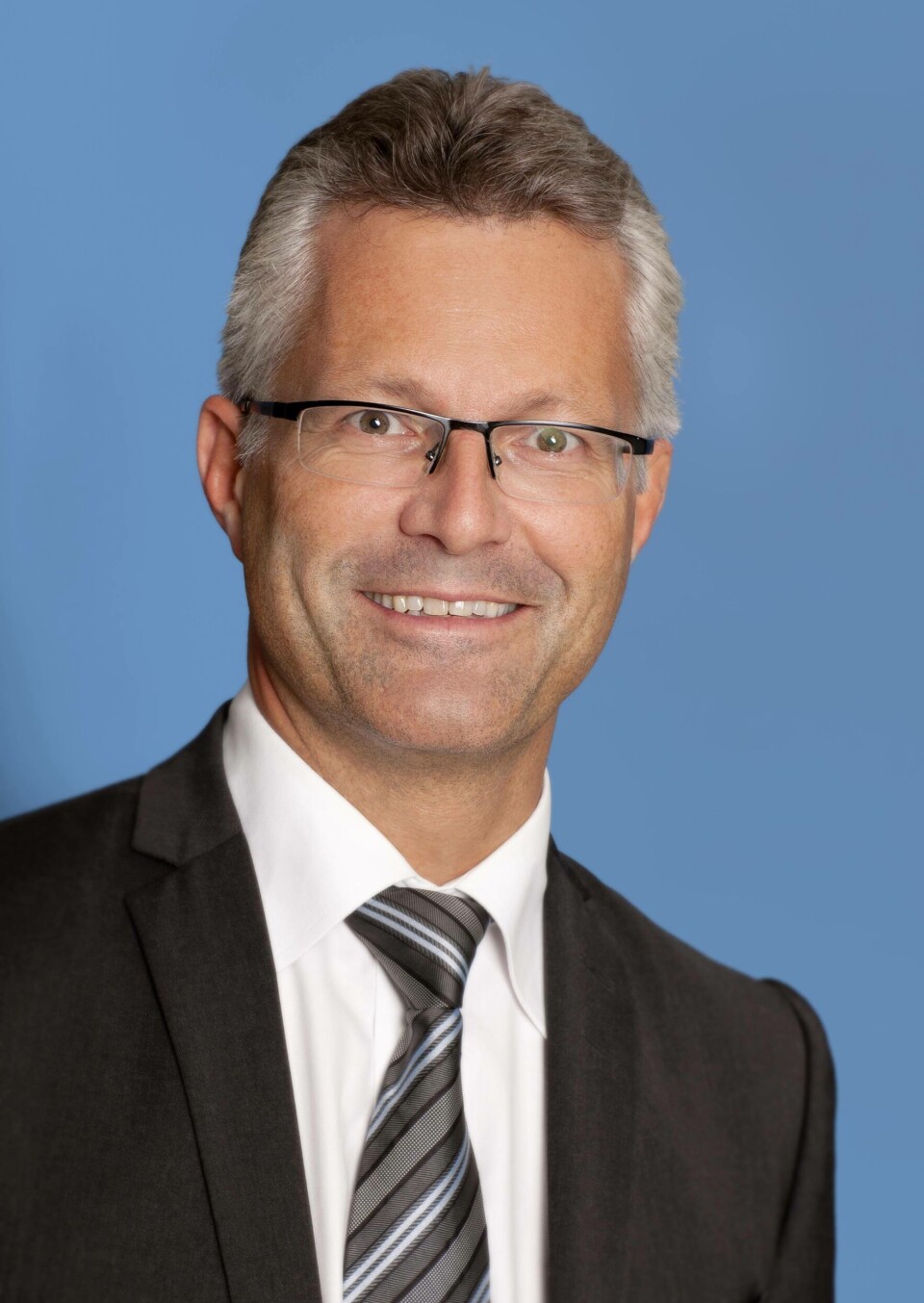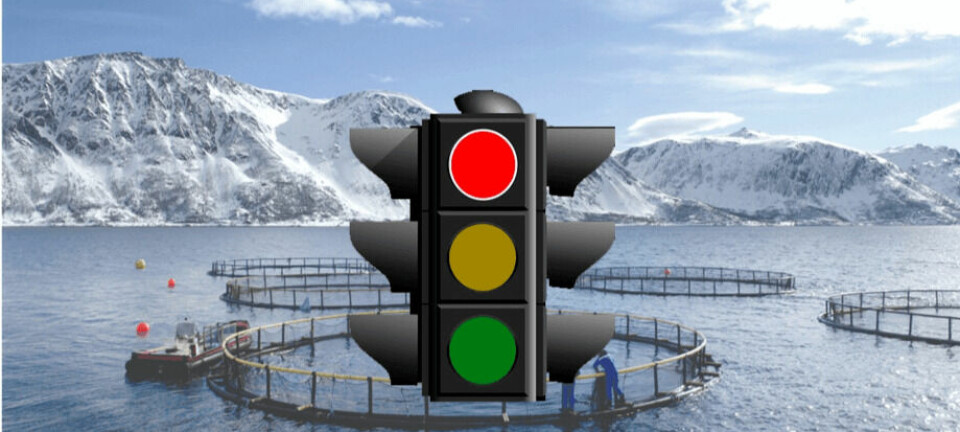
Salmon farmers back in court to fight production cut
Norway companies claim new evidence shows they were wrongly given red traffic light in 2020
Norwegian salmon and trout farmers have launched a fresh legal challenge to a 2020 order to reduce production by 6% to safeguard migrating wild smolts from sea lice.
The fish farmers say they have new evidence that the decision by the Department of Trade and Industry (NFD) was based on flawed data.
Aquaculture companies in production area 4 (PO4) – one of 13 salmonid production areas along Norway’s coast - have already contested the decision made under the ‘traffic light system’ in court but lost both their initial case and in the Gulating Court of Appeal.
But armed with what lawyer Trond Hatland says is decisive new information, 22 aquaculture companies in PO4 have asked the Frostating Court of Appeal to reopen the Gulating Court of Appeal’s judgment of 2 May 2022.

The aquaculture businesses believe that a new legal assessment based on the facts that are now available will lead to the red traffic light in PO4 having to be lifted in 2020.
Theoretical model
The traffic light system is based on annual assessments of the aquaculture industry’s impact on migrating wild salmon smolts. The NFD can only give a red light if a factual basis has been established, assessed over a period of two years, which shows that more than 30% of emigrating wild salmon die due to salmon lice from aquaculture facilities in the production area.
The traffic light decision in 2020 was based on an assessment of the impact in 2018 and 2019. NFD believed that the conditions for down-regulation of the production capacity in PO4 were met, even if the impact in 2018 was considered moderate (including a yellow traffic light allowing production to stay the same). Crucially, the NFD’s assessment was that the impact was high in 2019. The assessment was based on theoretical model calculations and a limited number of “observations” which contradicted the model calculations and only covered a smaller part of the production area.
The PO3/4 Knowledge Incubator was formed by aquaculture companies in PO3 and PO4 to strengthen the knowledge base behind the traffic light system.
'Serious failure'
In a press release, it stated:
In the autumn/winter of 2023/24, a serious failure was discovered in the foundation that NFD invoked at the time, and thus also for the traffic light authority, among other things;
- The Institute of Marine Research (IMR)’s virtual post-smolt model (one of two models IMR uses) was changed in autumn 2023. Post-calculations from IMR now show that PO4 was not red in 2019. The reason is that none of the models from the Institute of Marine Research, the Veterinary Institute or SINTEF - which are based on counts of all salmon lice in all aquaculture facilities – showed "red" in PO4 in 2018 or 2019.
- During the traffic light case, lice on trawl-caught smolt in the Sognefjord in 2019 were highlighted by NFD as the most central observational finding. A fundamental failure of trawling as a method has now been revealed. [Because of] the massive reduction in the number of farmed fish in the facilities in PO4 in the Sognefjord area in 2023, which was combined with a reduction in the number of salmon lice per fish to historically low levels, there should have been a 70-90% reduction in the number of lice on trawl-caught smolt if the method worked. Illogically enough, the NALO observations (IMR's monitoring) showed an almost explosive increase in the number of lice on migrating salmon smolts. The deviation from the actual starting point has not been attempted to be explained by either the researchers and/or NFD.
- In addition to method failure in general, the representativeness of the trawl-caught smolt has not been assessed and quality assured. There are many conditions that have nothing to do with aquaculture, among other things, in source rivers, which affects the smolt’s health and chances of survival and susceptibility to, for example, lice. PO3/4 Knowledge incubator has pointed out and exemplified this on several occasions without the NFD having investigated the matter.
Impact overestimated
“Methods that do not work cannot form the basis for the downsizing of one of our largest and most important industries,” said Hatland. “We are talking about serious interventions that require clear authority and a solid factual basis. The common denominator for the new information that has come to light is that the environmental impact in the form of salmon lice from the aquaculture facilities in PO4 has been overestimated.
“PO3/4 Knowledge Incubator has reported the new actual conditions to NFD from October 2023, but is met with silence. The aquaculture businesses’ demands for a reversal of the incorrect and damaging traffic light decision in 2020 have so far been ignored by the NFD.”
The Frostating Court of Appeal is expected to rule on the reopening petition during the spring of 2024.























































